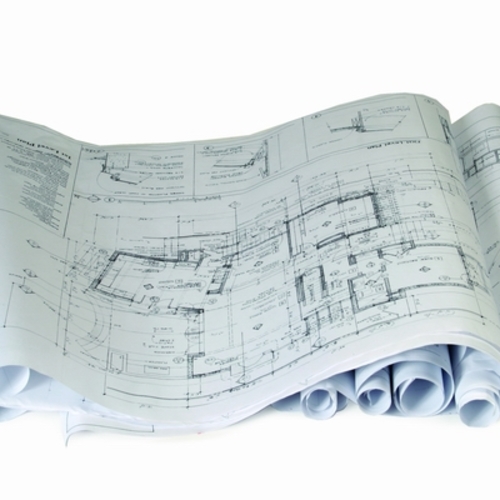
Going green is a business decision, and it is no small undertaking. Going green has to have a purpose. You do not want to go green just because everyone else is doing it. You need to be able to quantify its benefits for your business, your personal life, and your community.
Going green has to make business sense for you and your home building business. It should reflect what your company is passionate about and how you want to position it in the marketplace to ensure its future success. In this manner, you will earn the respect and trust of the public, customers, prospects, and industry peers as a company that is genuine in its pursuit of helping people, the community, and the planet. Genuine purpose will avoid accusations of “greenwashing,” in which a company claims to be green for marketing purposes only.
Consumer demand is the main driver for green construction. Although green building is currently strictly voluntary, those who seize the opportunities today will be the success stories we’ll read about tomorrow.
Following is a list of tips to going green.
1. Define your business purpose
This is vital. Your message needs to be clear to the market you currently serve or are trying to reach. Going green is not simply updating your logo and adding a few energy-efficient features to the homes you build: It reflects your commitment and contribution to making the world a better place while still making a profit. Whatever you are passionate about will automatically manifest itself in your speech and deeds. You want to be sure you do something because it is in your heart to do it, and it makes business sense for your company. Otherwise, displeasure and discontent could cause unnecessary stress; in more extreme situations, it could even damage your reputation as a company.
2. Organize your world
Order reflects a person’s quality of life both personally and professionally. Create a list of your company’s priorities and business goals. As you study the different local and national green building programs, look for those that best align with your business and personal goals. Share your findings and thoughts with your business partners and team members for feedback. Study what others are doing and what seems to be working for them. You could even contact successful builders that are outside your area and ask them about how the green building business is working for them. You may be surprised at how much information others are willing to share if you’re only willing to ask!
Want to increase your productivity? Declutter your workspace and update your office environment with things that excite you. Want to destress? Schedule your personal time. We business owners tend to work our tails off and give priority to everything and everyone else but ourselves! I love what Heather Diodati recommends in her article “12 Easy Ways to Organize Your Life”: “Schedule Fun Time! Make sure that you include some personal time for you. Make an appointment for yourself, and keep it, even if it’s only a leisurely 20-minute bubble bath or a 15-minute walk in the fresh spring air!” Awesome advice!
3. Have a written business plan
A large percentage of businesses fail due to lack of planning. Your business plan is your road map. It should include your goals, your market research, and your sales and marketing models, among other important pieces of information. Focus on the things that need attention first, and create tasks under each of those categories. Use your business plan as a reference point and tool to measure your accomplishments. Your goals plus your actions will result in your success!
4. Select a program that most mirrors your business goals
There are many great green building programs, such as LEED for Homes, the new National Green Building Standard, the NAHB Model Green Home Building Guidelines, and regional or local programs. Once you select the program that best fits your company’s goals and construction guidelines, compare your list against the program’s checklist and further investigate those items that you would need to incorporate to achieve the different levels of certification for your homes.
Going green is a big business. You can get your share of the green pie through strategic planning. Don’t get left behind!
Weekly Newsletter
Get building science and energy efficiency advice, plus special offers, in your inbox.















0 Comments
Log in or create an account to post a comment.
Sign up Log in